What is Subroutine?
- Enable customization of the program to cater to specific applications beyond the main UI features.
- Enhance the functionality of various SOLVER capabilities, addressing scenarios where conventional data input methods may prove too limiting.
- Offer an exceptionally potent and adaptable tool for analysis.
- Serve as programmatic inputs to the solver.
- Supported languages include C, C++, FORTRAN, Java, and others.
A diverse range of utility routines is accessible to aid in the development of user subroutines. These utility routines are embedded within user subroutines and, upon invocation, execute predefined functions or actions, the outputs or results of which can be seamlessly integrated into the user subroutine. Certain utility routines are tailored to specific user subroutine contexts.
SIGNIFICANCE OF A SUBROUTINE:
- Customization: Abaqus subroutines provide a way to customize the behavior of elements, materials, loads, boundary conditions, and other aspects of the simulation.
- Flexibility: Subroutines offer flexibility in implementing user-defined equations, constitutive models, material properties, and boundary conditions. Users can incorporate their own algorithms, equations, or models into the simulation, enabling the analysis of a wide range of problems across various disciplines such as structural mechanics, heat transfer, fluid dynamics, and electromagnetics.
- Advanced Material Modeling: With subroutines, users can implement advanced material models that go beyond the built-in material models provided by Abaqus. This allows for the simulation of nonlinear, time-dependent, anisotropic, and other complex material behaviors with greater accuracy.
- Complex Boundary Conditions: Subroutines enable the implementation of complex boundary conditions that may not be available through the standard Abaqus features. This includes user-defined loading conditions, contact algorithms, constraint equations, and more.
- Coupled Physics: For problems involving coupled physics phenomena, such as fluid-structure interaction or thermal-electrical coupling, subroutines provide a means to develop custom coupling algorithms to accurately model the interactions between different physical domains.
- Research and Development: In R & D environments, where novel theories, models, or algorithms are being developed, Abaqus subroutines serve as a platform for implementing and testing these innovations in a simulation environment.
Structure of a Subroutine:
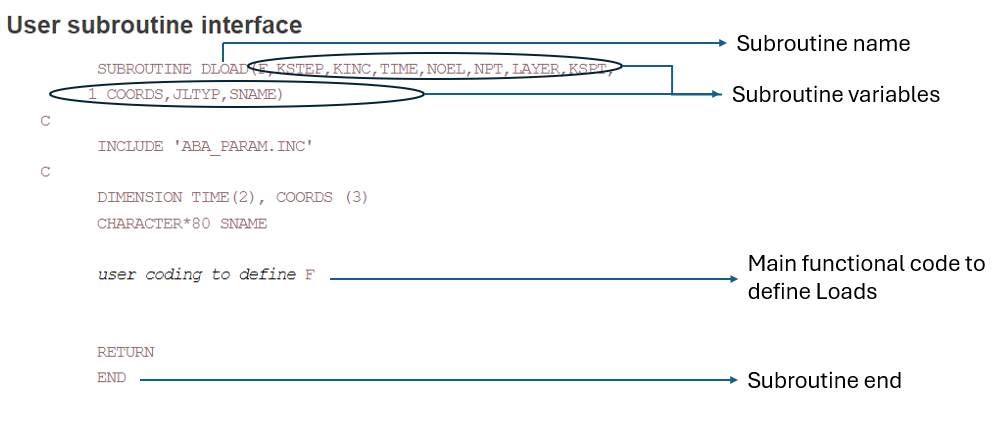
Figure 1. Sample structure of Subroutine
Example of a DFLUX Subroutine Analysis using ABAQUS
DFLUX Subroutine:
- Can be used to define a nonuniform distributed flux as a function of position, time, temperature, element number, integration point number, etc. in a heat transfer or mass diffusion analysis.
- will be called at each flux integration point for each element-based or surface-based (heat transfer only) nonuniform distributed flux definition in the analysis.
In the following case, DFLUX Subroutine is applied on a block subjecting the movement of heat source along the Y-direction.
An Aluminum block is modelled in ABAQUS along with the material properties pertaining to Heat Transfer analysis.
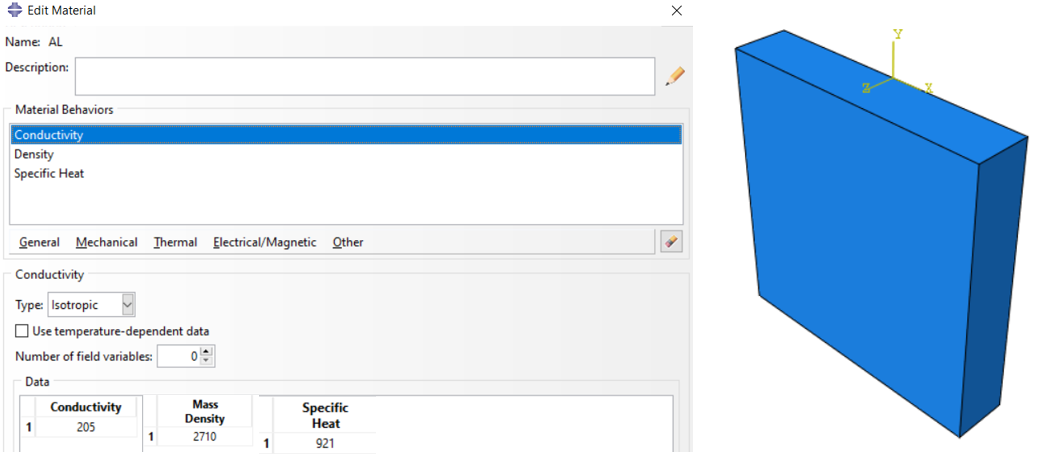
Figure 2. Material properties of Aluminum block
Transient Heat Transfer procedure has been defined for total time of 100 seconds.

Figure 3. Procedure definition
Boundary conditions have been set to 298 K as the initial body temperature throughout the block and a Heat Flux is varied across the front face of the block along Y-direction using subroutine DFLUX.
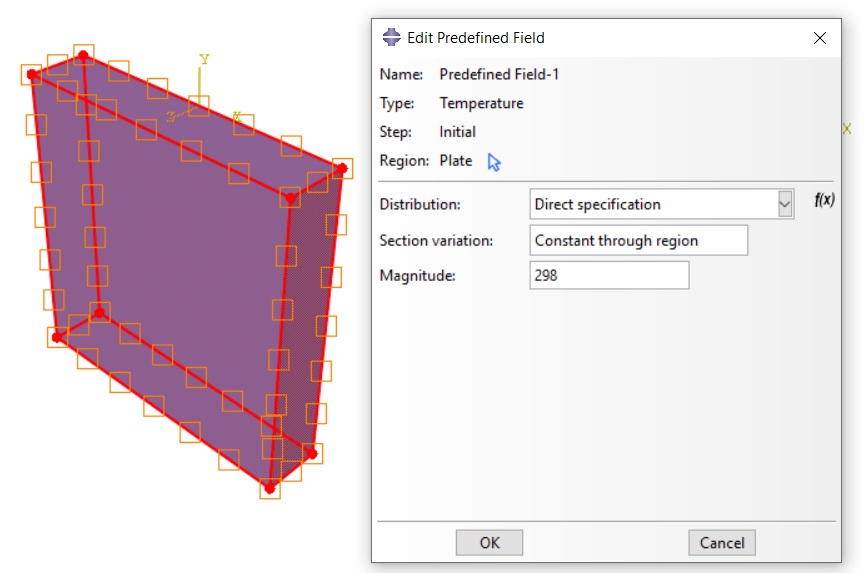
Figure 4. Initial Temperature boundary condition
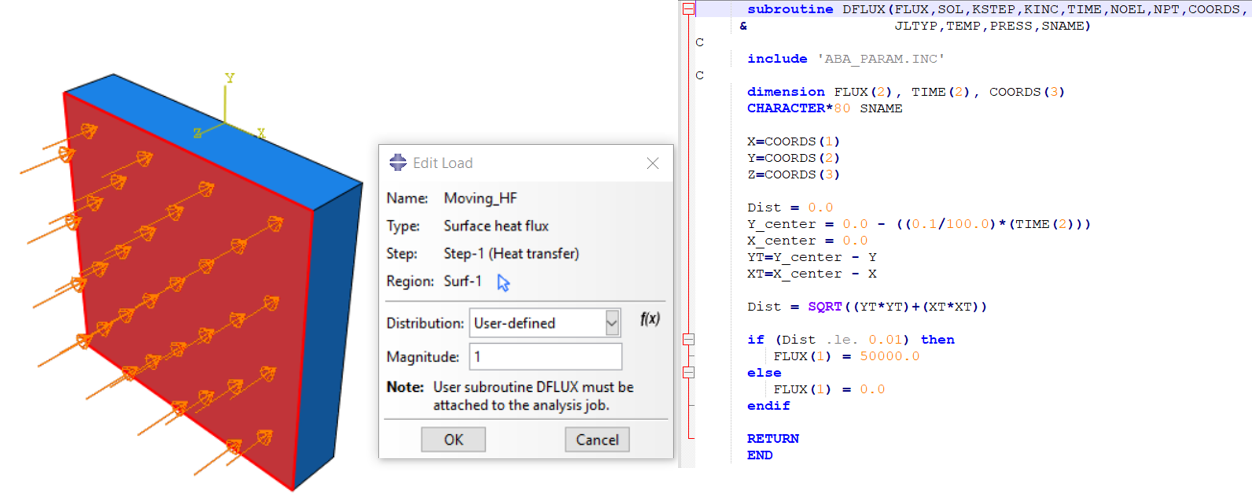
Figure 5. Surface Heat Flux boundary condition and subroutine
The result goes as follows:
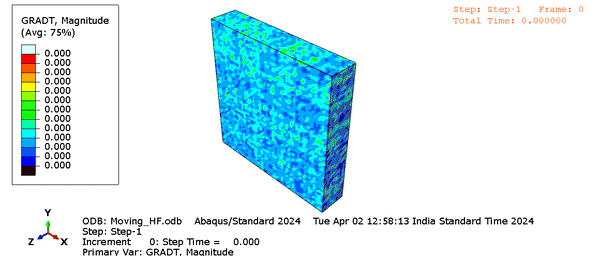
In essence, Abaqus subroutines are pivotal in extending the software’s capabilities, empowering users to tackle diverse engineering challenges with enhanced precision, adaptability, and efficiency.
We Urge You To Call Us For Any Doubts & Clarifications That You May Have. We Are Eager to Talk To You
Call Us: +91 7406663589
![]()
![]()
![]()
![]()
![]()
![]()